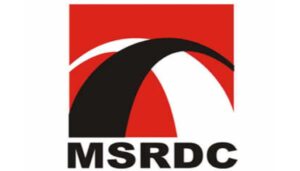Decline in market volumes amidst pricing pressures to impact revenue stream of brokers: ICRA
Following a buoyant FY2015, the Indian equity markets remained weak during most part of FY2016 with a 9% decline in trading volumes compared to the previous fiscal. Accordingly, the Equity Average Daily Volumes (ADV) declined by 10% during FY16 to ~Rs 3.01 trillion. The softening of the market can be largely attributed to slower than anticipated recovery in the domestic economy, continued weak earnings profile of India Inc., and volatility in the global markets.
The industry Option volumes were also partly exacerbated by the increase in the minimum option contract size from November 2015 and the gradual withdraw liquidity enhancement incentives by exchanges on select products over the course of the year. With sharper decline in the options volumes, the volume share in the overall market partly changed with Cash:Futures:Options volume proportions adjusting to 7:17:76 during FY2016 from 6:15:79 in FY2015.
Karthik Srinivasan, Senior Vice President and CoHead-Financial Sector Ratings, ICRA Limited, said “Standalone Brokerage revenues and profitability to continue witness some pressure in FY17 unless corporate earnings show signs of revival.”
ICRA estimates that the broking revenues for the industry has declined by ~7-8% in FY2016 compared to FY2015 on the back of lower volumes and also pricing pressures across the segments as compared to the improvement recorded in FY2015. Further a rise in cost structures as many players had resumed hiring and expansion plans following a benign FY2015 is expected to keep the overall profitability matrices of brokerage houses under pressure for FY2016.
Despite the 8% pick up in the trading volumes at the commodity exchanges during FY2016, they remains significantly lower the volumes reported prior to the implementation of the Commodity Transaction Tax (CTT).
Similarly on the currency exchange too, while the volumes have picked up by ~4% in FY2016, they remain lower than historic highs. The uptick in the currency segment volumes may be partly attributed to raising of stipulated limits for bank stock brokers by SEBI within the currency derivative segment to US $ 1 billion from US $ 100 million earlier[1].





